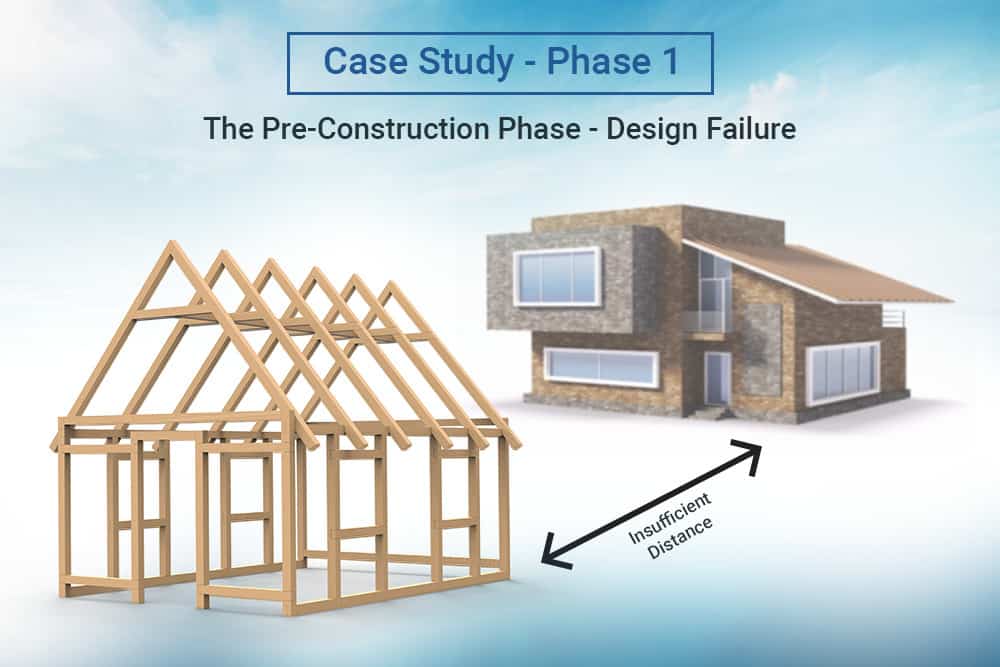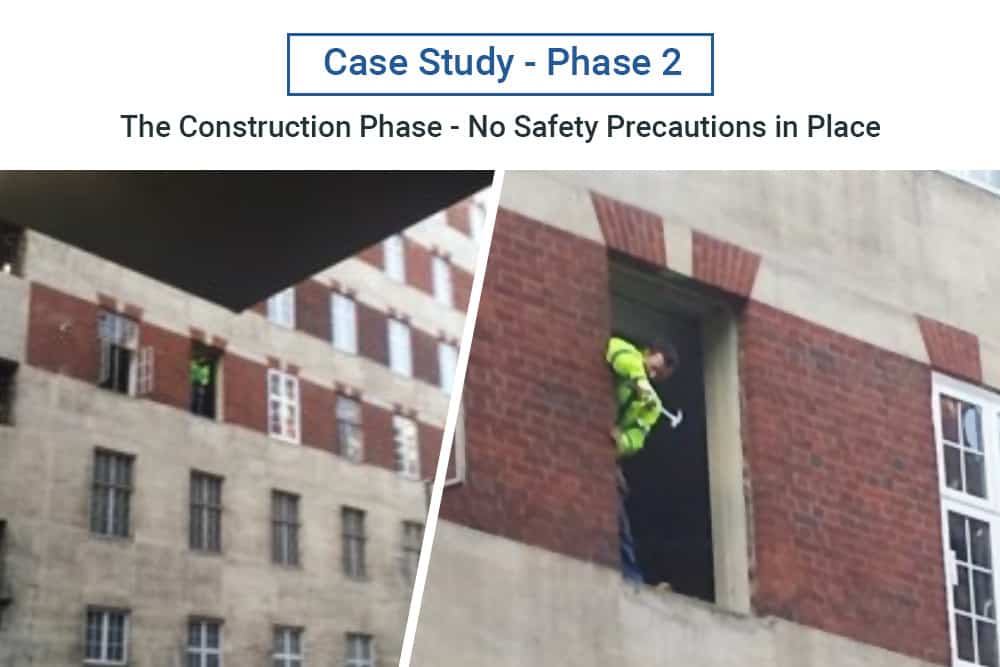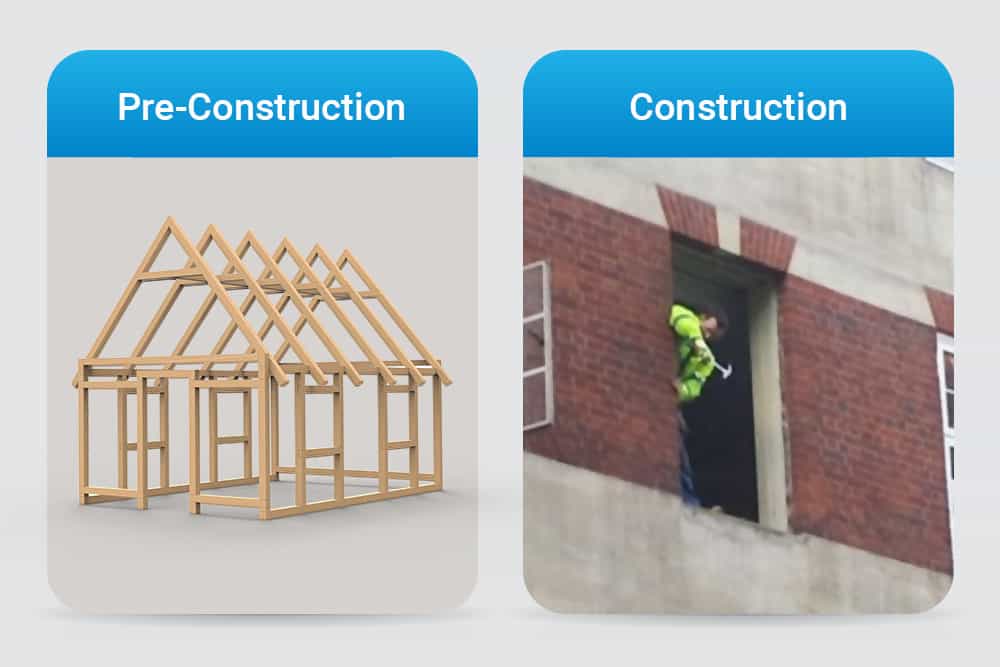
The Construction (Design and Management) Regulations 2015, or CDM, is the main set of regulations for managing the health, safety and welfare of all construction projects across Great Britain. CDM regulations apply to all types of building or construction work, including new builds, demolitions, renovations and refurbishments, conversions, as well as repair and maintenance work.
Anyone involved in the construction industry should have a good understanding of what the CDM regulations are and how to ensure compliance. This article answers the question – what is CDM in construction, including how these regulations work to prevent accidents and injuries.
What are the Construction (Design and Management) Regulations 2015?
What does CDM stand for? CDM is the acronym for the Construction Design and Management Regulations 2015. CDM regulations were first introduced in 1995 and have been revised twice, in 2007 and 2015. CDM 2015 is still the industry standard to date.
CDM regulations apply to all phases of a construction project and assign duties to almost every person involved. Following CDM regulations will allow key principals to be able to plan and carry out construction work safely. The regulations provide a framework to ensure that all staff are qualified and competent and that all risks are identified and eliminated or mitigated.
CDM Training
Our CDM Training course gives a thorough understanding of Construction Design and Management Regulations (CDM Regulations) 2015, how a CDM project works and the risk assessment process to carry out a construction project.
The Importance of CDM Regulations
Construction is one of the most hazardous industries in the UK. More fatal injuries occurred in the construction industry than in any other sector, according to recent figures released by the Health and Safety Executive (HSE). Construction workers also suffer high levels of workplace-related injuries and ill-health.
Construction site hazards also impact children and other members of the public. Insufficient management of construction activities can result in passers-by or bystanders being killed or injured.
To ensure the safety of all workers and members of the public, the UK government introduced the Construction (Design and Management) Regulations 2015 (CDM).
CDM regulations have been specifically designed to enhance health and safety in the construction industry. Adhering to CDM lessens the likelihood of a workplace fatality or injury occurring.
How CDM Regulations Prevent Accidents
The causes of many construction accidents start in the design stages. Mistakes made by architects, engineers and planners can result in poor design features that virtually ensure an injury or fatality will occur.
For this reason, CDM covers both stages of a construction project. The pre-construction phase, where plans and designs are developed, as well as the actual construction phase where the building work takes place.
What is CDM in Construction?
CDM assigns duties to all key participants in a construction project.
Before appointing the principals, (architects, engineers and planners), the client must check that these people are competent and can run the project safely. They will be responsible for organising work and ensuring that all workers and contractors are competent.
CDM Case Studies
Let’s look at two case studies which clearly illustrate how failures during the two main phases of a construction project can increase risks, and lead to accidents.
Case Study One
This case study involved a failure of design during the pre-construction phase:

An architectural firm in the North East of England was prosecuted in 2012 due to design failures in the plans for a new timber-framed care home. During a routine inspection, an HSE inspector found that there was insufficient separation distance between the new timber frame building under construction and an adjacent occupied care home.
A complete investigation revealed that the building contractor was not given sufficient information by the architects about the flammability of the timber frame design. These design failures resulted in a serious fire risk. The HSE concluded that this put the lives of residents and staff at unreasonable risk.
During the court case, it was stated that the architectural company should have specified that fire-resistant timber was to be used. They could have also stipulated that each timber frame be clad before the next one was constructed to reduce the amount of timber exposed at any one time.
CDM seeks to address and prevent exactly these types of pre-construction design failures.
Case Study Two
A window manufacturing and installation company incurred a fine of £36,000 in 2015 related to work carried out in the West End of London.
During the installation of a window on the third floor of a building, part of the window was accidentally dropped and fell eight metres to the pavement below. The window part narrowly missed hitting passing pedestrians.

The incident was filmed by members of the public. The footage showed workers hanging out of windows with no safety equipment in place.
It was alleged in court that the company failed to provide suitable equipment, such as scaffolding, that would have prevented the accident from happening. It was also found that workers had not had any formal training and there was no supervisor on-site.
Workers did not have a full understanding of the risks involved in their work and were not following appropriate health and safety systems. Ensuring that CDM regulations were adhered to would have prevented this incident.
We have now explored two accident case studies that illustrate different types of root causes.
The CDM regulations aim to prevent accidents that have their causes during the pre-construction phase, where designers can inadvertently produce plans that are inherently unsafe to build.
Alternatively, during the construction phase, contractors and workers can fail because they don’t put into practice safe systems of work to build the designs provided.

Where to Learn More About the Construction Design and Management Regulations 2015?
The Construction (Design and Management) Regulations 2015 ensure health and safety protocols are followed on a construction site. They protect both workers and members of the general public and cover both the pre-construction and construction phases.
Taking an online course is a fast and cost-effective way of furthering your knowledge of CDM. The Construction Design Management (CDM) Awareness training offered by Human Focus clarifies the key concepts of CDM and is ideal for workers, supervisors and management. Trainees will gain a full understanding of CDM regulations and how to apply them in the workplace.





















